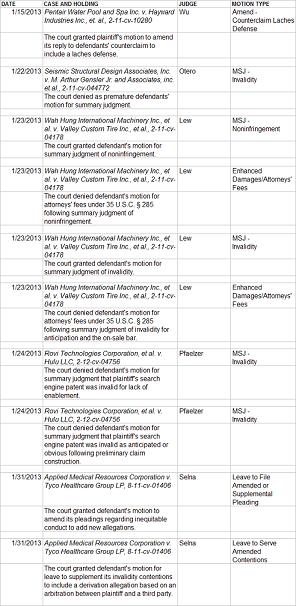After the jury found defendant A10 Networks (“A10”) liable for misappropriation of trade secrets and infringement of patents owned by Brocade Communications Systems, Inc. et al (“Brocade”), the court entered two permanent injunctions against A10, one that prohibited additional patent infringement and another that applied to the misappropriation of trade secrets. Subsequently, A10 moved to stay the injunctions pending appeal or, in the alternative, to stay pending a request for a stay from the Federal Circuit, a modification to the injunction to include a sunset provision or a modification to the terms of the trade secret injunction.
First, the court addressed whether A10 was likely to succeed on appeal. The court found these arguments merely repeated from the arguments made in A10’s motion for judgment as a matter of law and that they were once again without merit. The court also found that A10 had not demonstrated irreparable injury and the balance of hardships also tipped in favor of Brocade because Brocade and A10 are direct competitors. Accordingly, the court declined to stay the injunction with respect to patent infringement.
Continue reading





